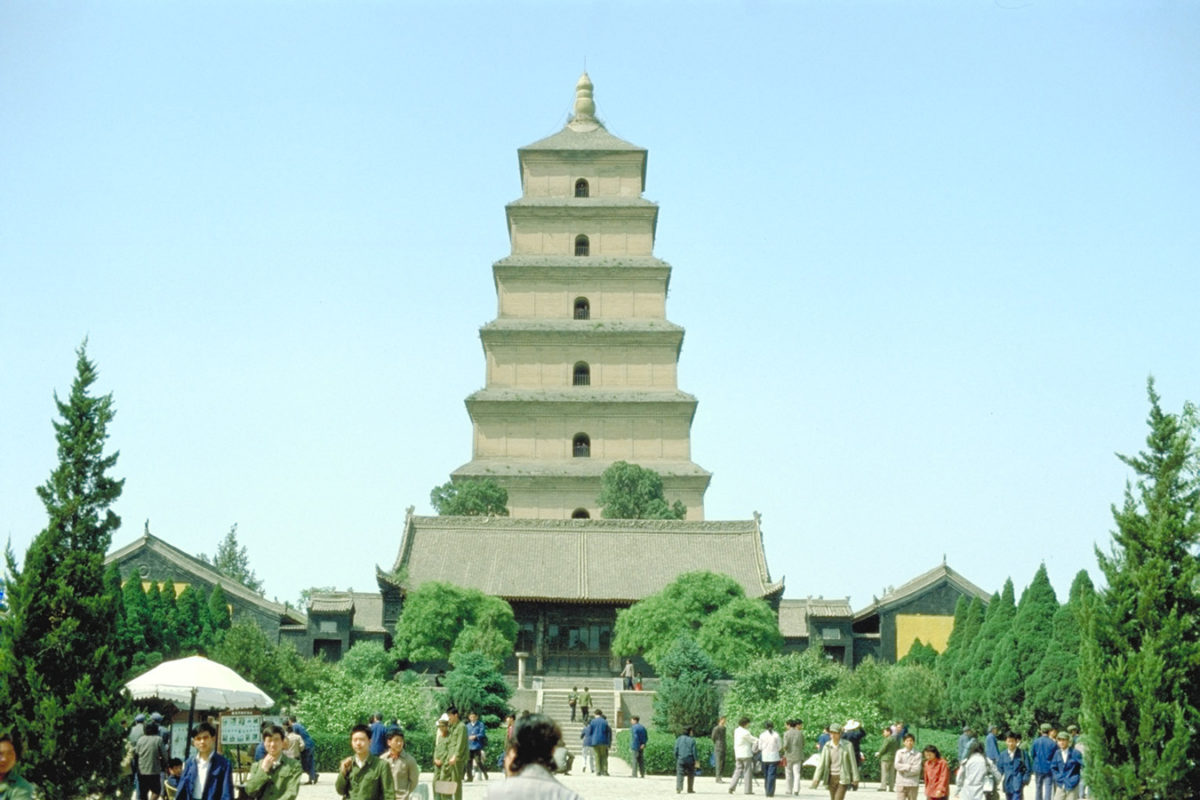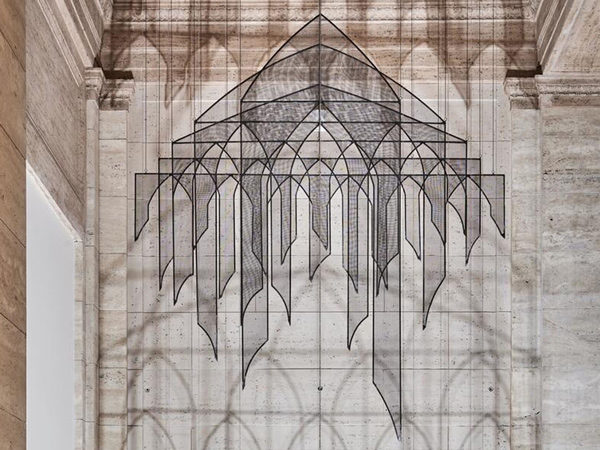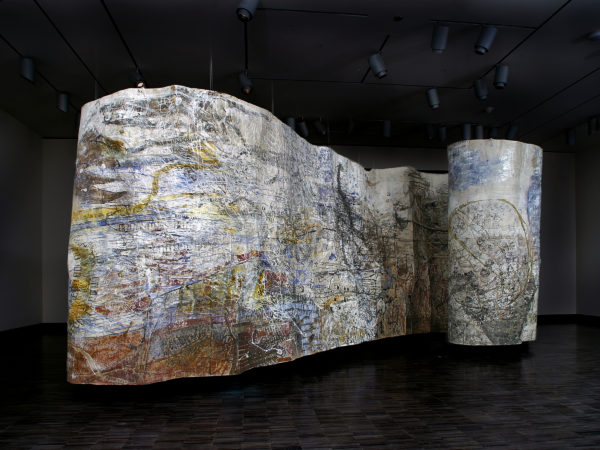Activity
Great Wild Goose Pagoda

Great Wild Goose Pagoda
What is this building?
This stone pagoda structure is called the Great Wild Goose Pagoda enclosed within the Ci’en (Temple of Mercy) monastery in present-day Xi’an. It was erected in 652 to commemorate the return of the temple’s abbott, the celebrated monk Xuanzang. This heroic figure to Chinese Buddhist history traveled west across the Silk Road and throughout India for sixteen years, exploring the homeland of Buddhism before returning with hundreds of sutras (Buddhist texts). His monumental journey formed the basis of the popular Ming-dynasty novel Journey to the West (see “Journey to the West“).
The contemporary structure has been restored a number of times, although many of these restorations took place during the Tang, so overall the building remains essentially a Tang structure. Visitors can still climb the interior staircase to appreciate the surrounding view.
What is a pagoda?
Pagodas are Chinese architectural versions of stupas, whose original purpose was to contain relics of the historical Buddha or other important holy persons. The stupa was originally a hemispherical mound, meant to be worshipped by circumambulation in a clockwise direction. However, when the stupa form entered China along with Buddhist practice, it was influenced by Han dynasty–era wooden watchtowers, and evolved to become a tower-like structure with differentiated square floors.
Early pagodas in China tended to be at the center of the monastic compound, but as the forms of Buddhist images became more complex, the pagoda became a subsidiary struc- ture, and larger image halls stood at the center of temple compounds. Most pagodas that survive from the Tang (618-906) and Song (960-1279) dynasties are made of brick or stone such as this example. Wooden pagodas are much rarer. Only a handful of wooden structures survive from the Tang dynasty in China.
The construction techniques used in Buddhist temple architecture in China and throughout East Asia are based on timber frames and bracketing systems that support large overhanging tiled roofs. The ingenuity of this system is that the size of the building can be altered by adding and repositioning the various posts that support the size of the roof, thus determining how tall and how wide the building is. Because the posts and beams are not nailed or screwed together, they can be easily dismantled and are frequently restored. In addition, they move freely in earthquakes, making them less susceptible to damage. The only danger is fire, and related to this drawback, older Chinese buildings have tended to survive less often their stone Western counterparts.







